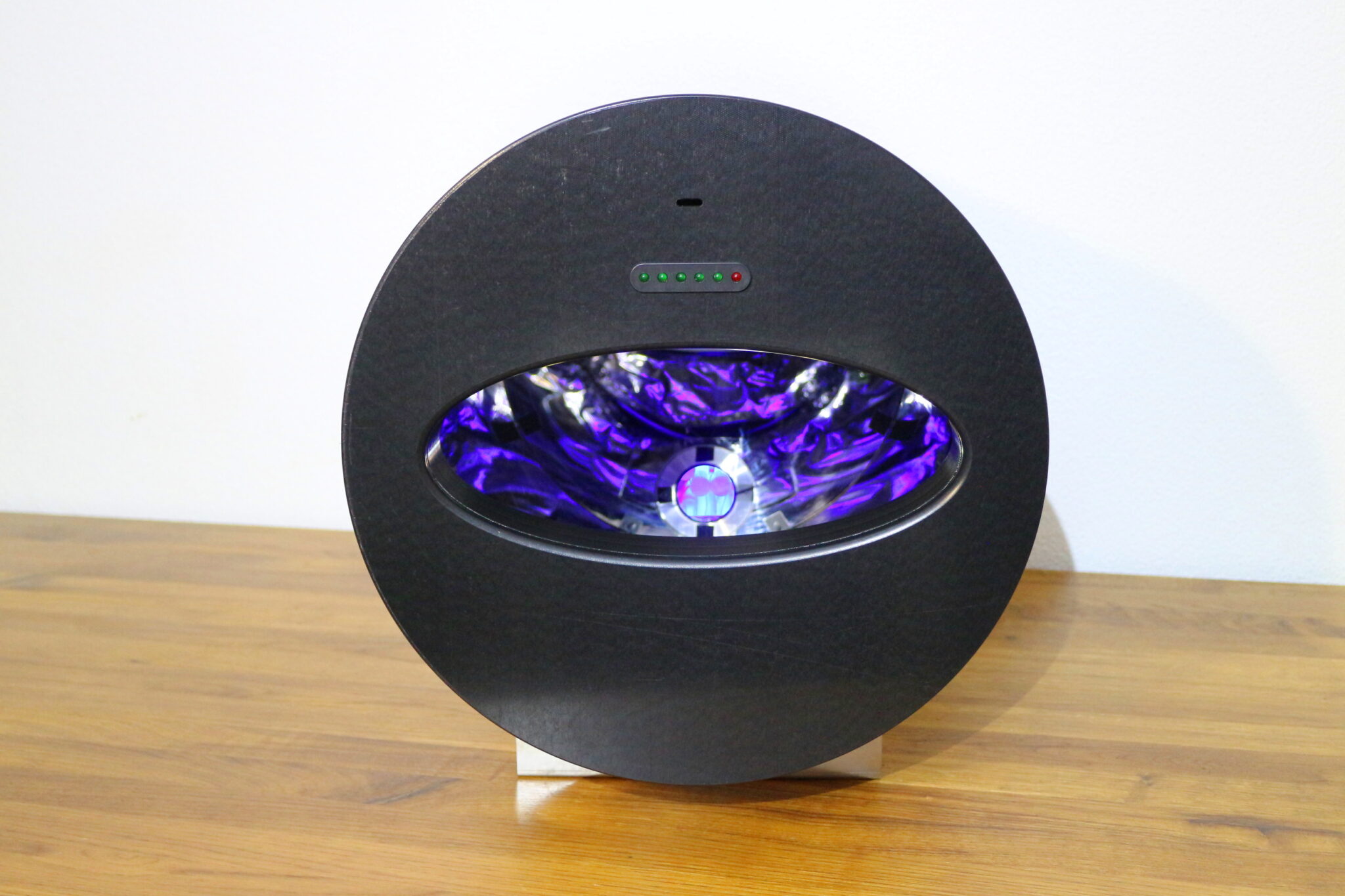


Previous test-retest analysis of EEG mostly focused on eyes open and eyes closed resting-state.

Taken together, our results support that (i) the amplitude at 2 timescales in MEG reflect distinct physiological information and that (ii) the fMRI–ALFF may relate to the ALFF in neural activity. Source-level analysis revealed that the increased MEG–ALFF in the sensorimotor cortex overlapped with the most reliable EC–EO differences observed in fMRI at slow-3 (0.073–0.198 Hz), and these differences were more significant after global mean standardization. We observed that the MEG–ALFF in EC was increased at parietal sensors, ranging from alpha to beta whereas the MEG–amplitude in EC was increased at the occipital sensors in alpha. MEG–amplitude) and the amplitude of their low-frequency modulation at the fMRI range (i.e. By synthesizing MEG signal into amplitude-based envelope time course, we first investigated 2 types of amplitude in MEG, meaning the amplitude of neural activities from delta to gamma (i.e. We here aimed to investigate the neural correlates of fMRI–ALFF by comparing the spatial difference of amplitude between the eyes-closed (EC) and eyes-open (EO) states from fMRI and magnetoencephalography (MEG), respectively. How the fMRI–ALFF relates to the amplitude in electrophysiological signals remains unclear. The amplitude of low-frequency fluctuation (ALFF) describes the regional intensity of spontaneous blood-oxygen-level-dependent signal in resting-state functional magnetic resonance imaging (fMRI). These differences should be recognised when evaluating EEG research, and considered when choosing eyes-open or eyes-closed baseline conditions for different paradigms. This study demonstrates that the eyes-closed and eyes-open conditions provide EEG measures differing in topography as well as power levels. The focal nature of EEG effects in the other bands suggests that these reflect cortical processing of visual input, producing differences in activation between eyes-closed and eyes-open resting conditions, rather than just the simple increase in arousal level shown in alpha. The obtained results confirm the use of mean alpha level as a measure of resting-state arousal under eyes-closed and eyes-open conditions. In particular, the topographic beta effects indicate that the across-scalp reduction arose from focal reductions rather than global changes. Topographic changes were also evident in all bands except for alpha, with reduced lateral frontal delta and posterior theta, and decreased posterior/increased frontal beta in the eyes-open condition. Reductions were found in across-scalp mean absolute delta, theta, alpha and beta from the eyes-closed to eyes-open condition.
Cnt alt del eyes closed hands raised panel skin#
Skin conductance levels increased significantly from eyes-closed to eyes-open conditions. Skin conductance level was also measured as an indicator of arousal level.Īcross the eyes-closed conditions, skin conductance levels were negatively correlated with mean alpha levels. This study aimed to investigate this further in terms of differences in EEG activity between eyes-closed and eyes-open resting conditions.ĮEG activity was recorded from 28 university students during both eyes-closed and eyes-open resting conditions, Fourier transformed to provide estimates for absolute power in the delta, theta, alpha and beta bands, and analysed in 9 regions across the scalp. At the EEG level, we relate the former to widespread activity, and the latter to task-specific topographically-focussed activity reflecting regional processing. Recent work has attempted to clarify the energetics of physiological responding and behaviour by refining and separating the operational definitions of "arousal" and "activation", which have different effects on physiological responding and behaviour.


 0 kommentar(er)
0 kommentar(er)
